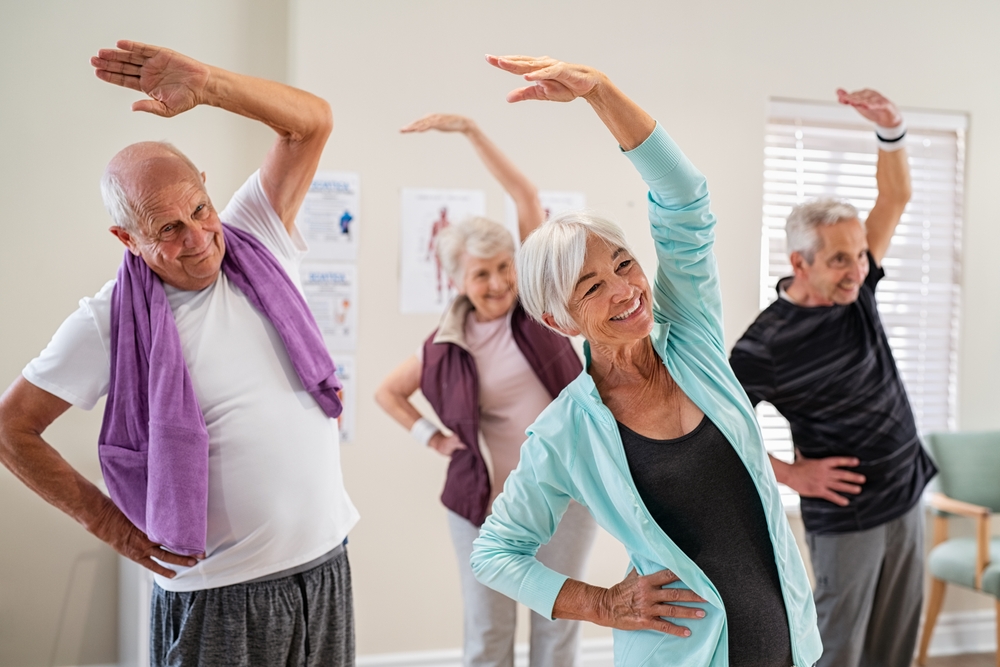Aging Well: The Importance of Exercise and Movement
When we think about legacy planning, our focus often turns to financial assets, property, or ensuring loved ones are provided for. While these are all important pieces, one of the most valuable parts of our legacy is often overlooked: the preservation of our health—our body and our mind.
Aging brings both opportunities and challenges, whether we are doing so on our own or with a partner by our side. For solo agers, maintaining health and independence is especially vital. For those aging with a spouse or partner, staying active is just as important—both for personal well-being and for supporting each other through the process. In either case, physical and mental wellness directly affect not only our quality of life but also the legacy we leave behind. A strong body and clear mind allow us to remain active participants in our own planning, make decisions with confidence, and live life on our own terms.
Research consistently shows that regular physical activity supports strength, balance, and flexibility, which help prevent falls and reduce the risk of chronic conditions. These benefits directly impact independence and quality of life, no matter your circumstances.
I was recently diagnosed with Ankylosing Spondylitis, a form of arthritis that primarily affects the spine. The condition can lead to stiffness, pain, and limited mobility. While it poses daily challenges, it also underscores how critical movement is to long-term well-being. Without consistent activity, the condition can progress more quickly, making it harder to maintain mobility and independence.
This experience highlights an important truth: exercise is not optional—it is essential. Whether you are aging solo or alongside a partner, incorporating movement into daily routines is one of the most effective ways to preserve independence and resilience.
Practical Ways to Add More Movement:
- Stretch daily. Gentle stretches in the morning and evening can improve flexibility and reduce stiffness.
- Walk regularly. Even short walks throughout the day promote circulation, balance, and joint health.
- Try low-impact exercise. Swimming, yoga, or tai chi are excellent options for building strength without overstraining joints.
- Build strength. Light resistance exercises help maintain muscle mass, which is critical for balance and mobility.
- Move often. Avoid sitting for long stretches—stand, stretch, or walk every 30–60 minutes.
Aging is inevitable, but how we age is shaped by the choices we make. Prioritizing exercise and movement is one of the best investments we can make—not only for ourselves, but also for the people who matter most to us. Financial planning ensures that our loved ones are provided for—but preserving our health ensures we can enjoy the years we have and leave behind a legacy of vitality and resilience. Body and mind are, after all, the foundations of everything else.
Audra B. Woods


